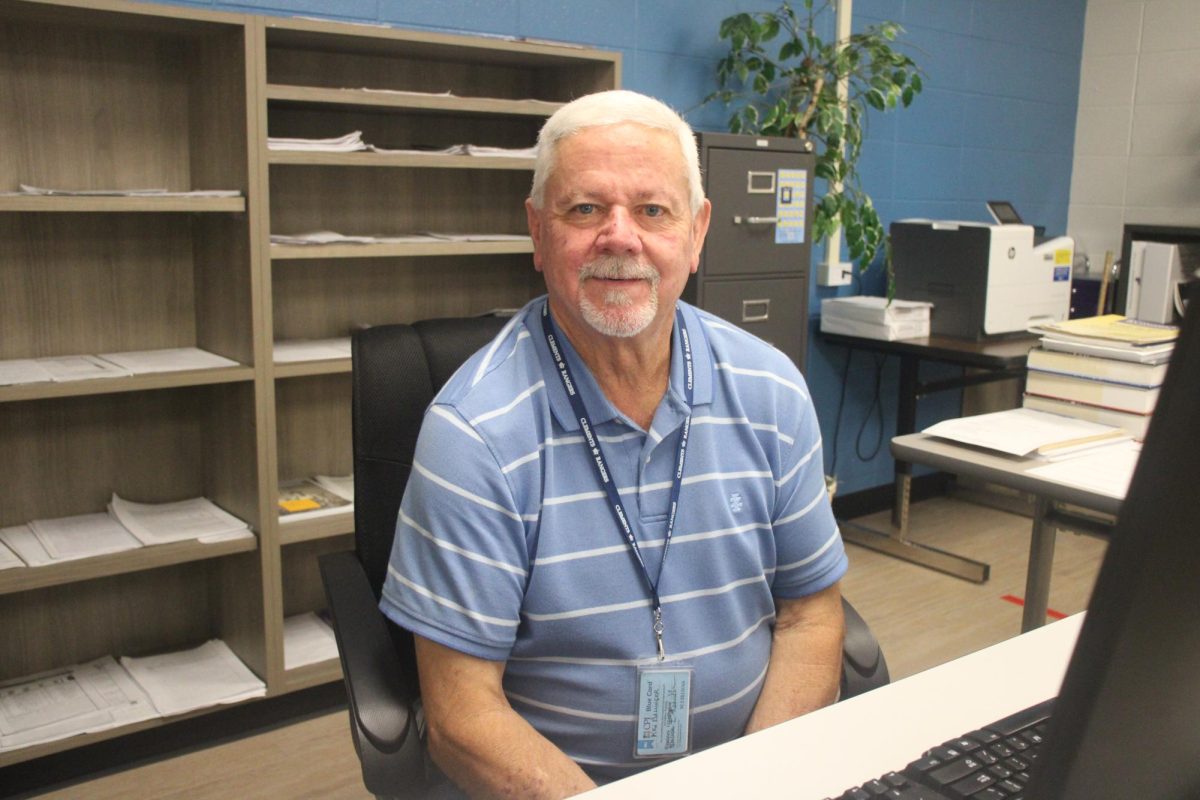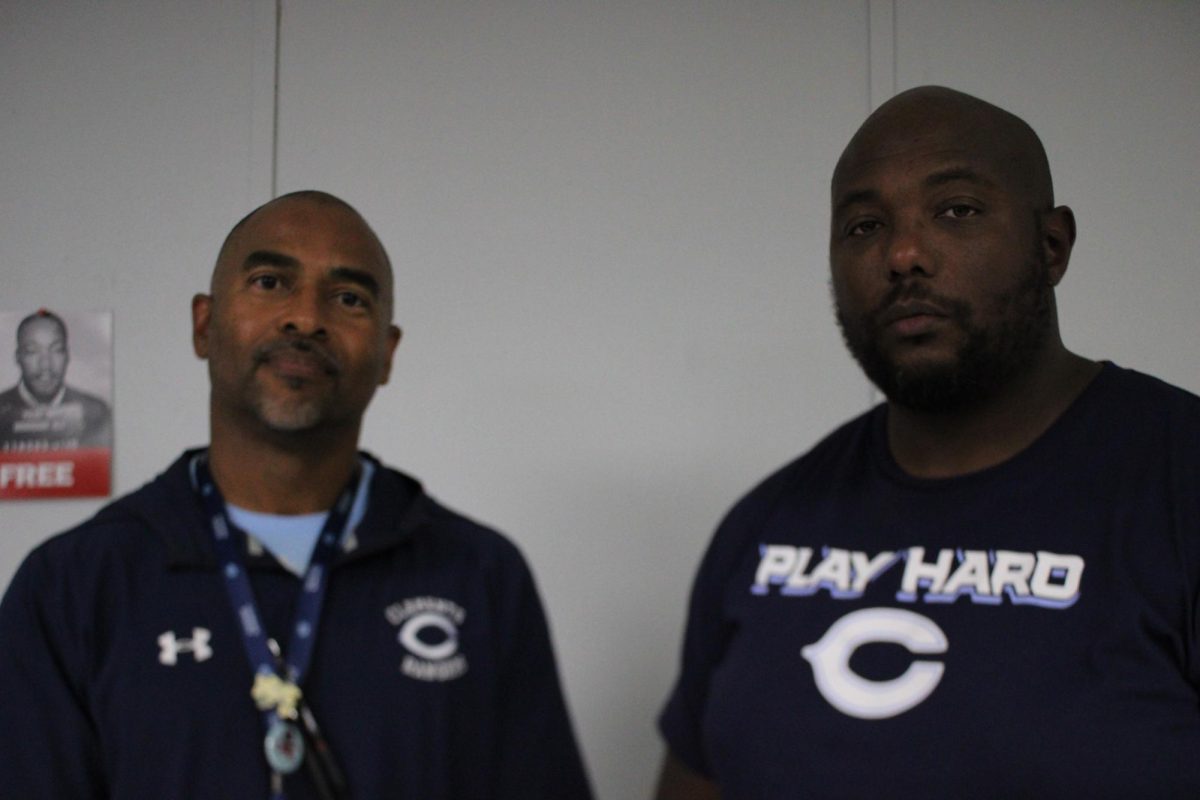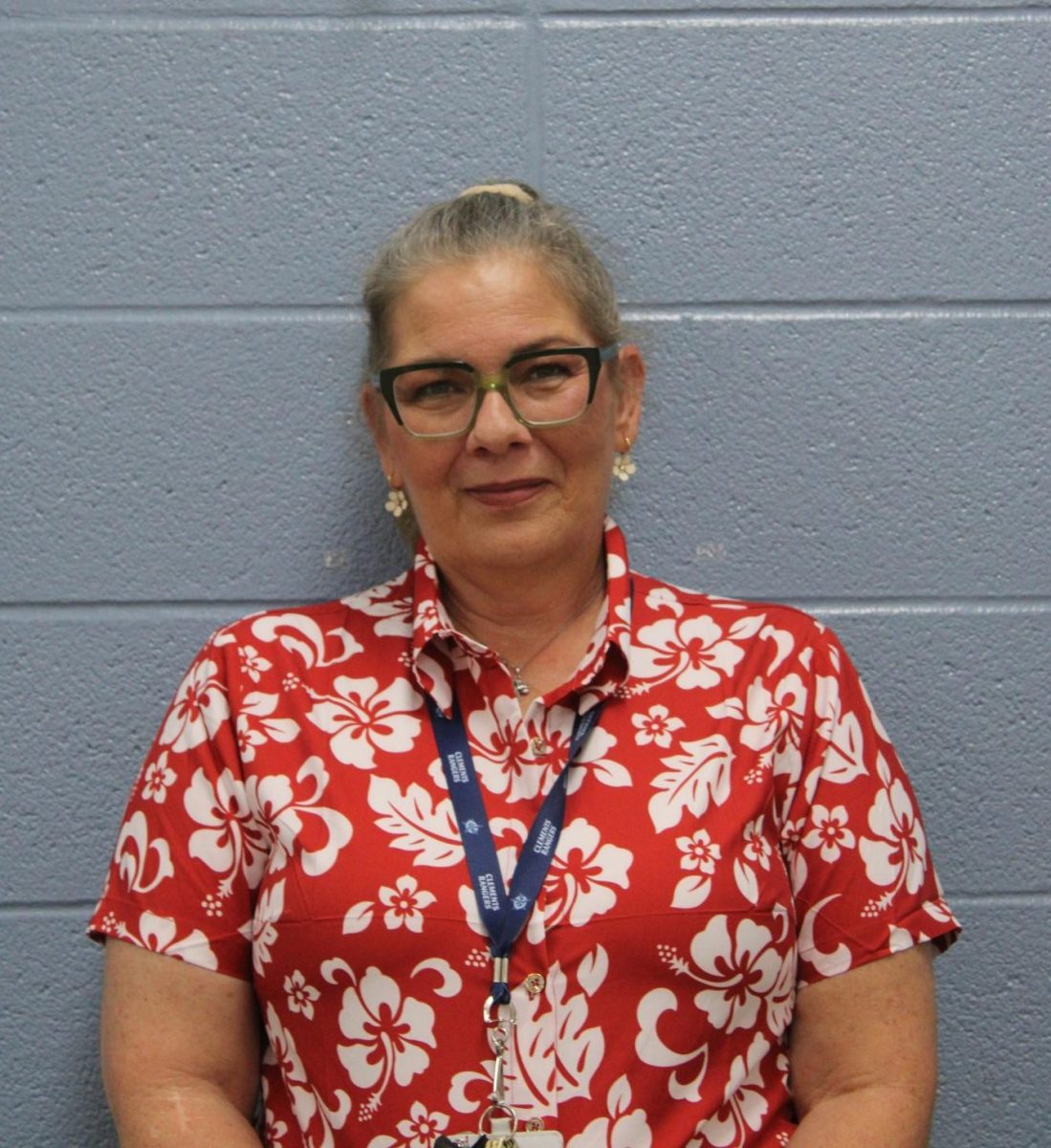Science, technology, engineering, and mathematics, together known as STEM, are subjects that impact everyone’s lives. Women in STEM have been underrecognized in the male-dominated field throughout history, but female STEM teachers are making important contributions to the community and their students by sharing their knowledge and passions.
“Since I was little, I have been curious about how things around me work,” physics teacher Sevim Hans said. “I was so astonished to observe nature and how everything was so unique and amazing.”
A motivated teacher makes students want to engage in the subject. Their drive encourages the students to further their understanding of the lessons. This passion comes from inspiration. For example, AAC Algebra II and statistics teacher Michelle Nelson-Archer said that her STEM-related inspiration is Air Force Major General Jeannie M. Leavitt, the U.S. Air Force’s first female fighter pilot, because of her determination and courage.
“I distinctly remember being one of the only female students in my higher level math classes at [the University of Texas at Austin] in the 90s,” Nelson-Archer said. “I love that the percentage of women in STEM majors continues to rise.”
STEM has changed a lot over the years. It was not common for women to go into these fields, so many were discouraged. However, as time goes on, more women have gotten involved in the community. Teachers are able to give their students better experiences than what they had growing up.
“When I was in school, we did a lot of pencil, paper stuff,” AAC Chemistry teacher Amber Brooks said. “I feel like the technology that is available today with our classes is extremely helpful because not only can the technology help the kids, but I wish I would have had it back then, because I am a very visual and hands-on learner.”
It can be rewarding for teachers to see their students achieving great things. As students, it is important to recognize and thank the people who help lead the future generations.
“I love teaching physics because when I see my students grasp the concepts as they experiment with it, it makes me so happy to see the spark in their eyes,” Hans said. “It’s a joy to see them solve real world problems.”









